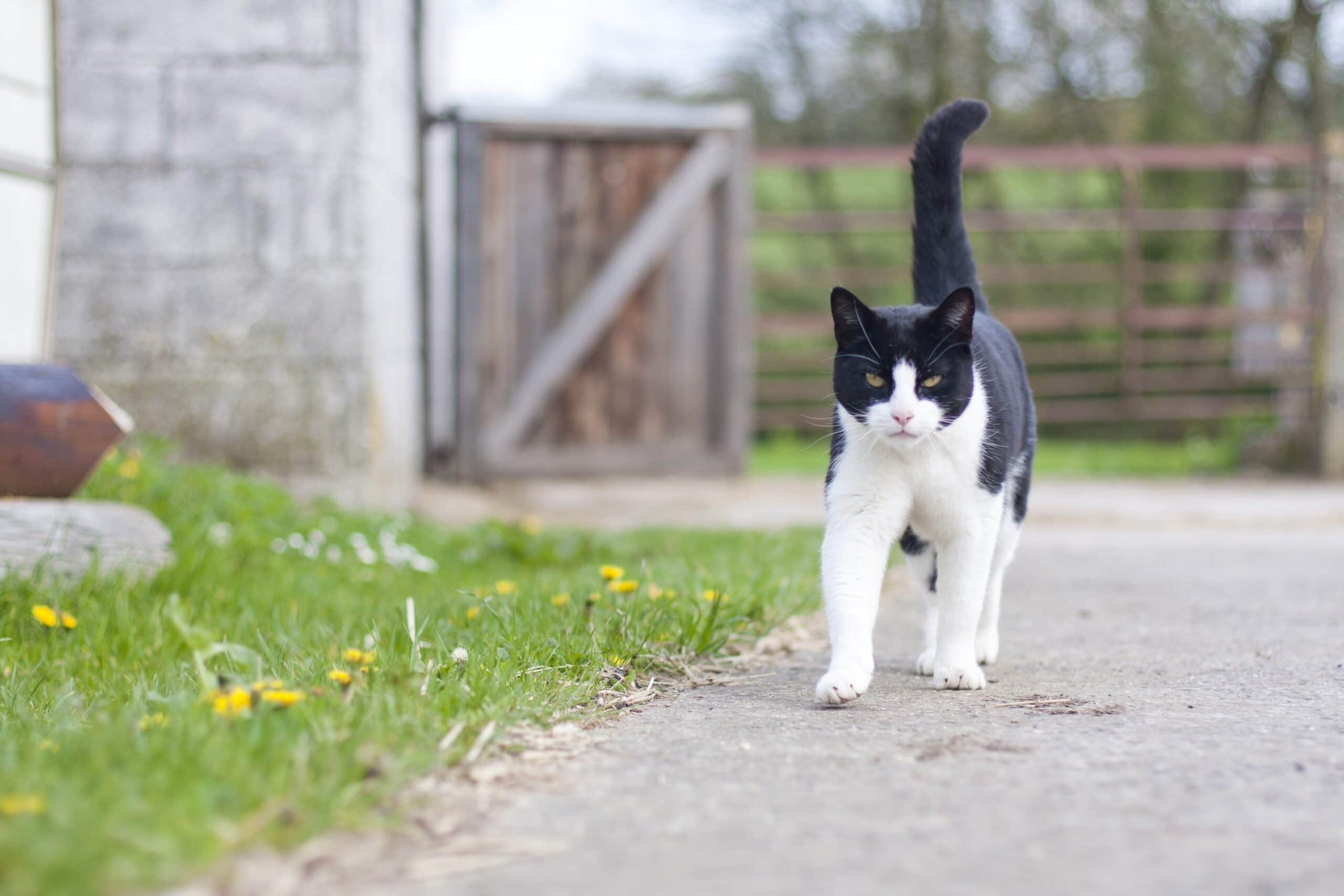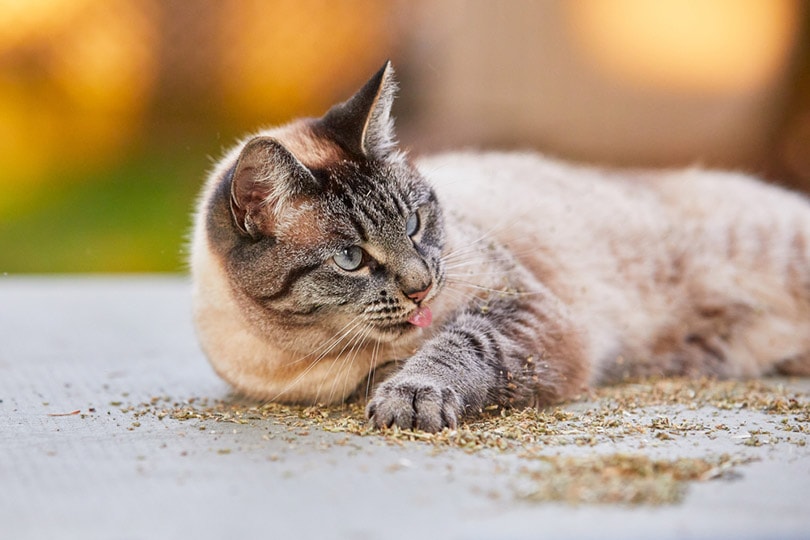VET APPROVED

The information is current and up-to-date in accordance with the latest veterinarian research.
Learn more »Click to Skip Ahead
Cats are so well known for their balance that we even have a saying about them always landing on their feet. But what does it mean if your cat can’t seem to stay upright on flat ground?
If your kitty suddenly can’t keep their balance, you’re probably quite alarmed. Don’t panic, as there are many reasons that this can happen, the most common of which either resolve on their own within a few weeks or are easily treatable. Here, we collected all the information that you need to know about the loss of balance in felines in case this happens to your pet.

What Is Loss of Balance in Cats?
A cat keeps their balance by tracking where their body is with respect to the gravity around them. They use information from their eyes, ears, and what the rest of their body can feel. Inside their inner ear is a series of tubes filled with fluid that can also communicate movement to their brain.
One of these many systems needs to be affected for a cat to lose their balance. This means there are many reasons for a cat to lose their balance, but it ultimately is a change in how a cat can interpret where their body is positioned in space and respond accordingly.
The body system in charge of relaying all this information is the cat’s vestibular system.
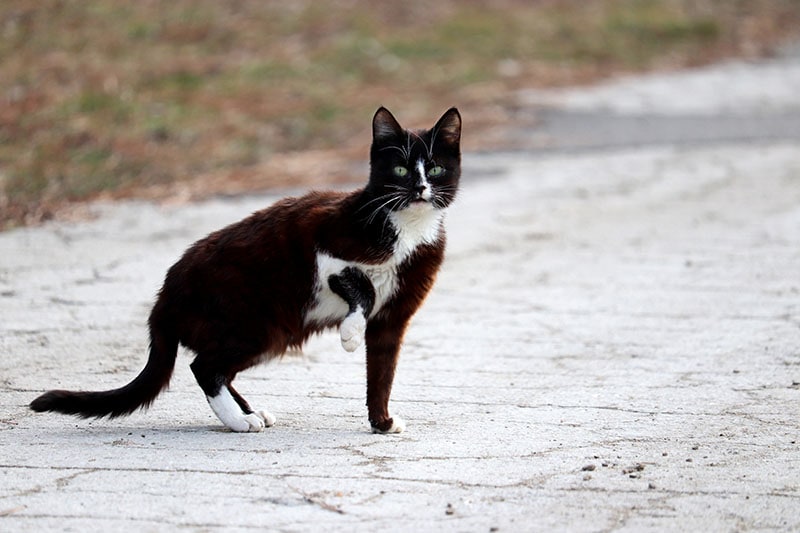
Components of a Cat’s Vestibular System
A cat’s vestibular system has central and peripheral components. The central component is the portions of the brain, brainstem, and spinal cord that receive vestibular information. The peripheral component is made up of the inner ear and the nerve that relays information from the inner ear to the brainstem and brain.

Signs of Balance Loss in Cats
- Head tilt
- Ataxia (unsteadiness, wobbling, inability to walk straight)
- Nystagmus (rapid, oscillating eye movements, either straight or rotational)
- Falling over
- Walking in circles
- Rolling
- Loss of appetite
- Hypersalivation
- Vomiting
- Loss of hearing
- Sudden onset weakness
- Wide-legged stance, possibly in a crouch
- Aversion to being moved
- Swaying
Causes of Loss of Balance in Cats
Unfortunately, there are many things that can cause a loss of balance in cats.
1. Idiopathic Cause
Idiopathic means the cause isn’t known. Idiopathic vestibular disease is the most common type of vestibular disease in cats. Fortunately, affected cats will have a sudden onset of signs that will get progressively better with time.
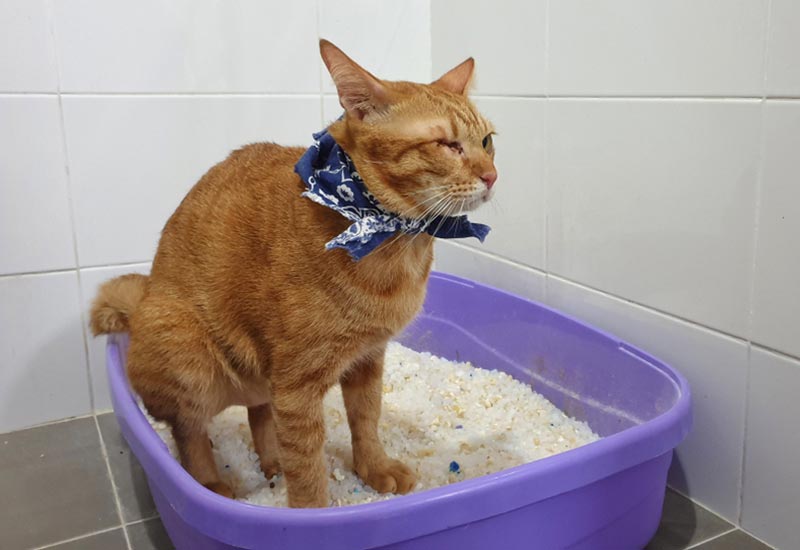
2. Otitis Media/Interna
Inner and middle ear infections are the next most common cause of vestibular disease in cats. Since the inner ear is part of the vestibular system, infections and inflammation can affect how information is relayed to the brain and lead to signs of balance problems, such as a head tilt or falling to the side.
3. Vascular Changes
In the event of a stroke or brain bleed, there can be areas of cell death in the brain; if they occur in the vestibular system, this can lead to loss of balance for a cat.
4. Encephalitis
Encephalitis means inflammation of the brain. This can happen because of an infection, which can have bacterial, viral, fungal, or parasitic causes. Feline infectious peritonitis, which is viral, or Toxoplasma, a parasite, are more likely causes of encephalitis.
Meningo-encephalitis means inflammation of both the brain and the meninges, the membrane surrounding the brain. This specific form of inflammation is usually an auto-immune response.
5. Nasal Polyps
These benign growths inside a cat’s nasal passage can cause inflammation of the nerves in the area, which can confuse a cat’s balance until resolved.
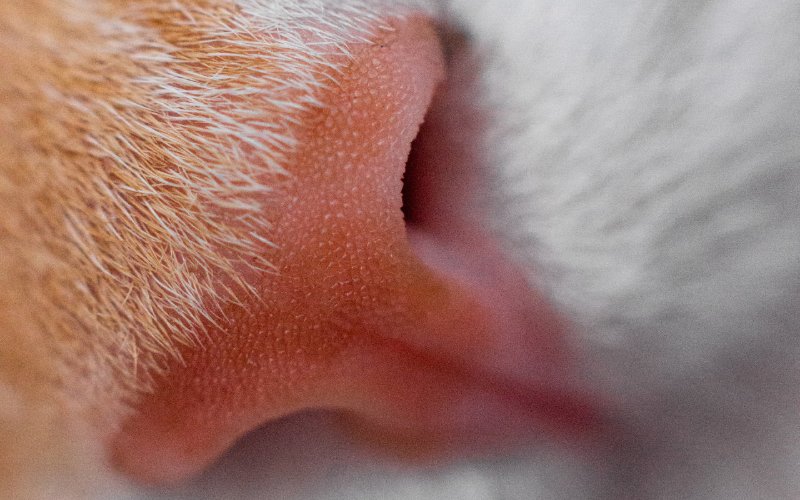
6. Toxins
Some toxins specifically affect the parts of a cat’s vestibular system. The most common examples of these are aminoglycoside antibiotics and metronidazole, which don’t always have this issue but are potential side effects in rare cases.
7. Hydrocephalus
Hydrocephalus is a potential cause of loss of balance in kittens. This is a congenital condition, meaning kittens are born with it, and it is caused by a pregnant cat suffering from certain diseases while pregnant, such as feline panleukopenia. This can lead to abnormal brain development in her kittens, including hydrocephalus, which is an abnormally large accumulation of cerebrospinal fluid in the brain, leading to lifelong signs of poor balance.
8. Cancer
Tumors throughout the vestibular system can cause a cat to suffer balance loss.
9. Nutritional Issue
Usually only a concern for cats not eating a commercial diet, thiamine deficiencies can lead to progressive signs of balance issues in affected cats.
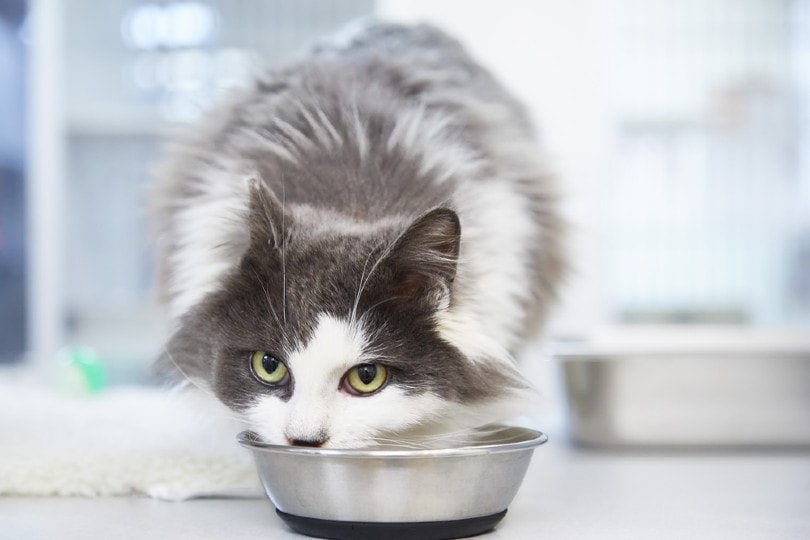
10. Neurodegenerative Disorders
The degenerative diseases of nerves, especially the spinal cord, can lead to progressive balance problems.
11. Trauma
Head trauma specifically can lead to poor balance for a cat, which may be permanent.

How Veterinarians Diagnose Loss of Balance in Cats
In most cases, a veterinarian can tell if a cat is having trouble with their balance with a physical exam. The presence of vestibular signs and response to certain physical tests will confirm if the cat’s vestibular system is behaving abnormally.
In some cases, a physical exam alone can pinpoint which exact part of a feline’s vestibular system is affected. Using this information, additional testing can be ordered if needed. It’s generally recommended to run a basic blood and urine test on any cat having trouble with their balance. For checking the bony inner ear structures of the vestibular system, X-rays and CT scans can help; for checking the brain and nervous system, MRIs are often used.
Other tests can include cytologies, cultures from ear swabs to look for ear infections, parasite screenings, and biopsies or samples taken from the nervous system, such as spinal taps.
How Loss of Balance Is Treated in Cats
Due to how the brain is wired, abnormal stimulation of the vestibular system can cause dizziness, nausea, and vomiting. For cats that are showing signs of discomfort due to balance issues, medications can be given to alleviate those signs.
Meclizine can help treat vertigo and dizziness, and nausea medications can treat nausea and vomiting. This is a critical step in treating cats with balance disorders, as cats can become severely ill to the point of hospitalization and even liver failure if they don’t eat for long periods of time due to nausea.
For cats with ear infections, topical ear medication with potential oral medication can be used for treatment. In cases of idiopathic vestibular disease, cats will get better on their own within 2 to 3 weeks and just need supportive care until then.
In less common cases that aren’t idiopathic or ear infections, it’s usually best for a cat to visit a neurologist and potentially other specialists, where tests like CTs and MRIs can be run, and treatment can be pursued based on results.
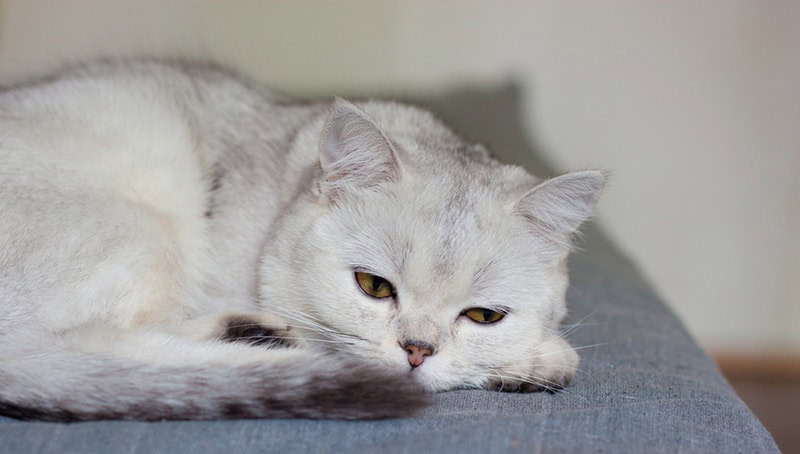

Recovery and Management for Cats That Lose Their Balance
For most cases of loss of balance, the affected cat will recover on their own or with the treatment of an ear infection, depending on the case. Both usually take about 2 to 3 weeks, so while that is happening, you will want to keep your cat as comfortable as possible.
Focus on keeping them well hydrated and eating since they may be reluctant to get up and move toward their bowls and might be vomiting, which can make dehydration worse. Be sure to report to your veterinarian if your cat is hypersalivating or vomitingor has less appetite than usual, as they can prescribe medications to help with this.
Cats whose balance is unsteady may be distressed. Providing a quiet, cool, semi-dark area for your pet can help them relax, though total darkness may make things worse for some cats, as being able to see can help with dizziness.
When picking up a cat that has lost their balance, go slow and be sure to support them well, as the movement will likely make them feel worse at first. It may help to wrap them in a towel first and be wary of being bitten or scratched.
It’s usually best to remove cat trees and set your cat up in an area without high climbing spaces until they adapt to their loss of balance, to prevent injury.

Frequently Asked Questions (FAQ)
Can cats recover from losing their balance?
Yes, in most cases, cats will recover completely from their episode of balance loss.
Do cats that lose their balance become blind?
While you may notice constant flickering of your cat’s eyes back and forth as if they cannot see, along with other signs of loss of balance, this isn’t because they’ve gone blind. It has to do with a reflex in their vestibular system and resolves with the rest of their loss of balance signs when the cause is treatable.
Can ear medications and cleaners cause a cat to lose their balance?
Yes, unfortunately, they can. Sometimes, if an infection is already present, signs can get worse when an ear cleaning temporarily increases inflammation in the area. Other times, the sensitive structures inside a cat’s ear can react to anything placed into the ear canal, which may include medications or cleaners, leading to transient or permanent signs of loss of balance or deafness.


Conclusion
Despite how scary it can be to realize that your cat can’t keep their balance, the good news is that this is usually something that will improve in a couple of weeks or can be treated until it resolves. If you ever notice signs of loss of balance in your cat, reach out to your veterinarian so they can help determine what’s wrong and get your kitty whatever they need to feel better.
Featured Image Credit: Jumpstory
